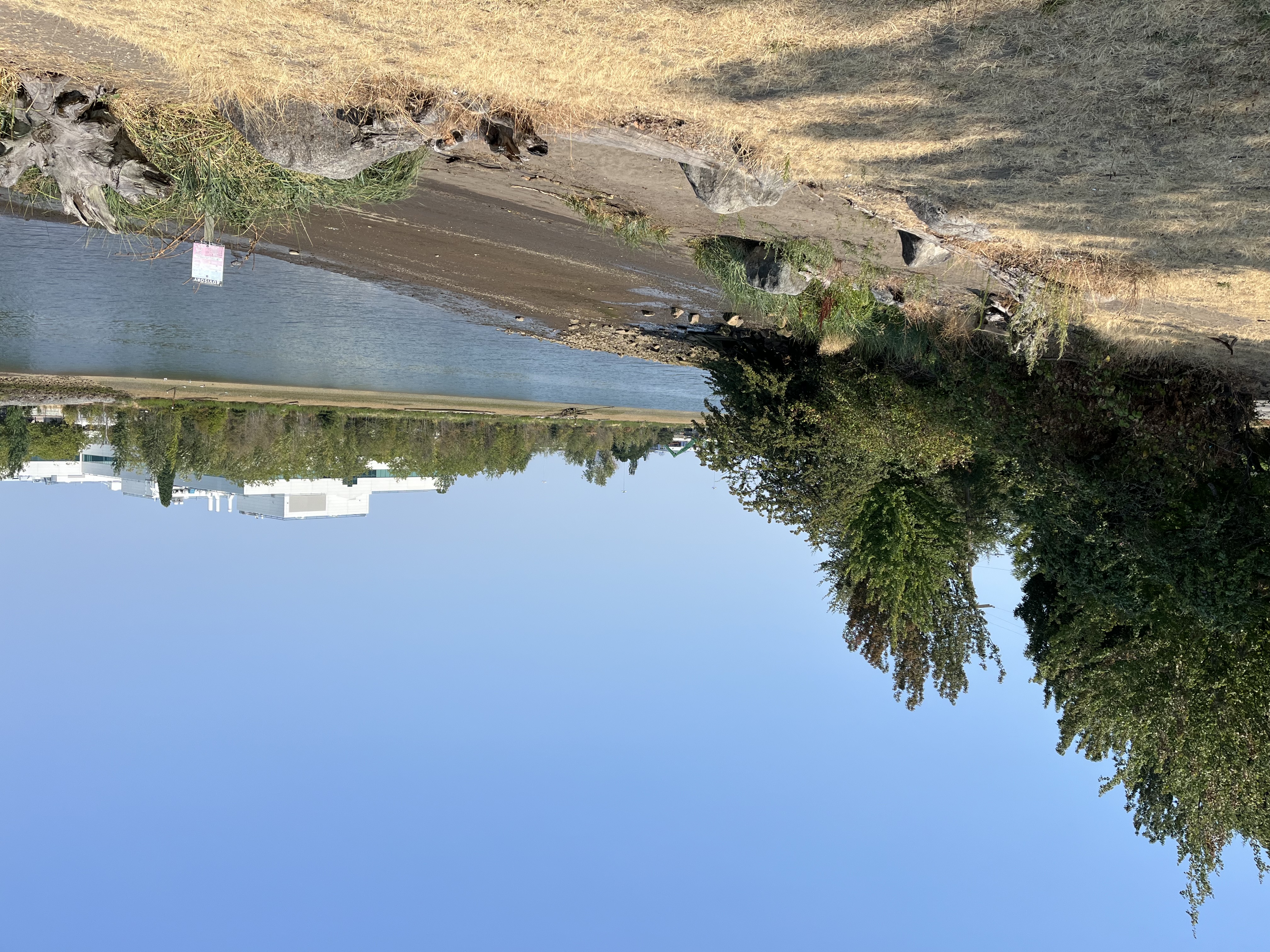
Before we can clean up a contaminated site, we need to know what type of contamination we’re dealing with, where it’s located, how extensive it is, and whether it’s migrating off the site. Those answers shape the solutions for how we clean up the site.
To help answer those questions at the Duwamish Waterway Park cleanup site, we’re doing fieldwork next month. You can expect to see a small drill rig, support vehicles, and staff working as we sample the soil, groundwater, surface water, and sediment in the riverbed.
We’ll use the results of our sampling to understand what and where the contaminants are, as well as how they might affect human health, plants, and wildlife. We’ll compile this information into a report called a remedial investigation, which will help us to evaluate possible options for cleaning up the contamination.
Lower Duwamish Waterway cleanup
The Duwamish Waterway Park cleanup site is one of 29 formal cleanup sites in the Lower Duwamish Waterway. Cleaning up these sources of legacy contamination is part of our work to control sources of pollution from the 20,000 acres of land that drain into the Lower Duwamish Waterway Superfund site.

